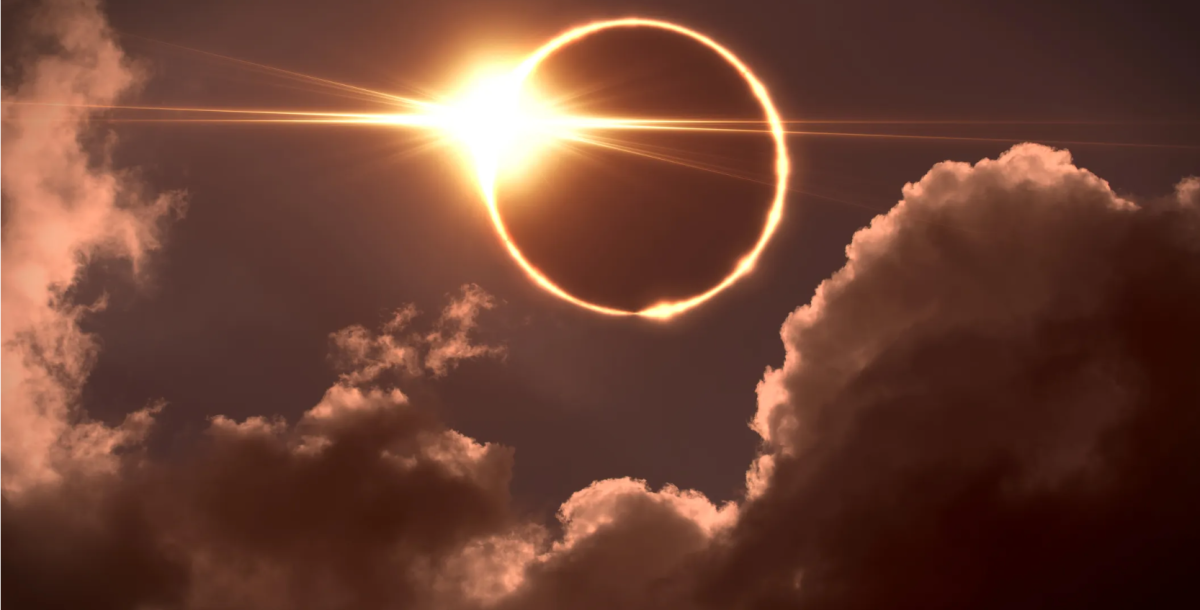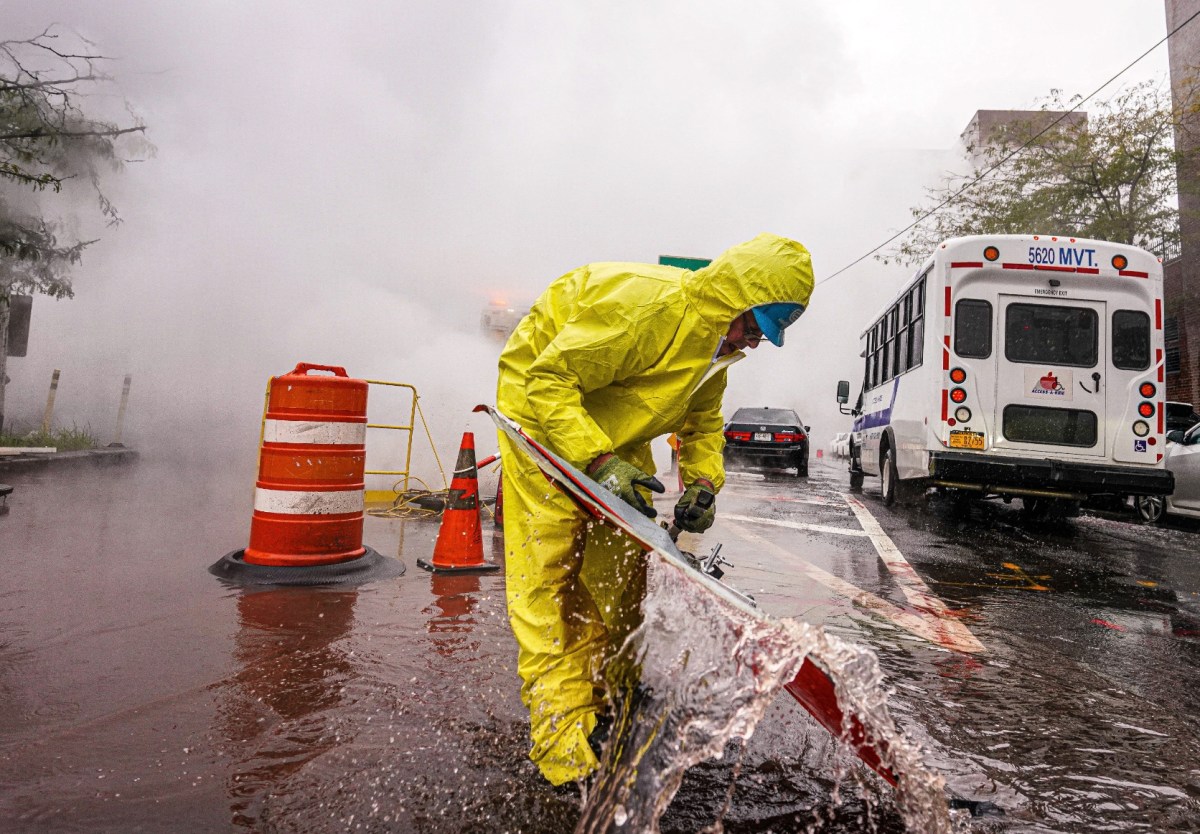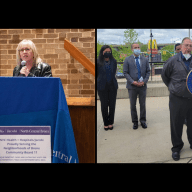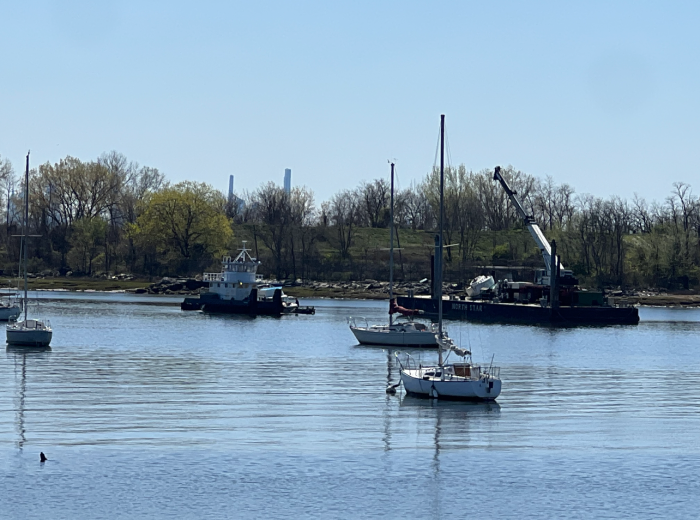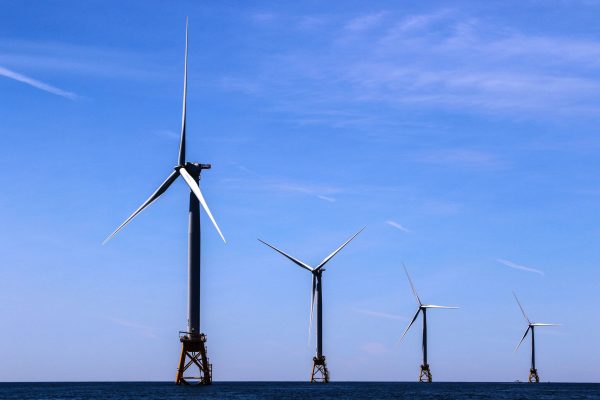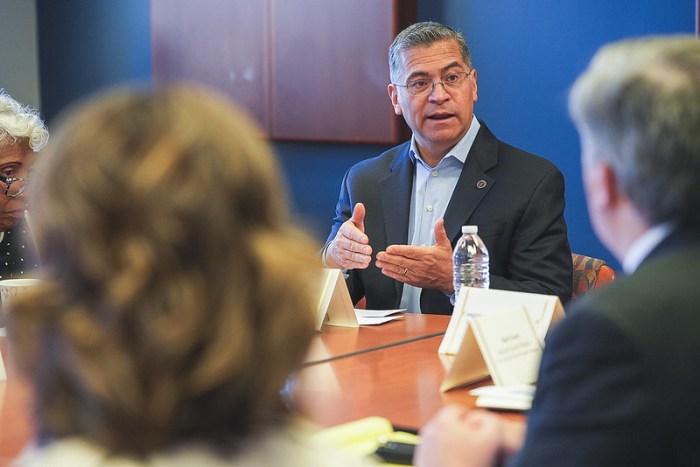As the borough, state and eastern portion of the continent prepare to catch a glimpse of the next total solar eclipse on April 8, the Bronx Times has provided a list of spots in the borough that will yield wide skies and some of the best views for Monday’s highly anticipated celestial event.
Wave Hill Public Garden and Cultural Center, 4900 Independence Ave. (Noon to 5 p.m.)
One of Monday’s events acknowledging the solar eclipse will take place at the Wave Hill Public Garden and Cultural Center, which will be hosting a solar eclipse viewing party from noon to 5 p.m. Visitors will have the opportunity to plant seeds, make a festive solar eclipse party hat or a celestial floral headband while enjoying live music as well as story time as the 28-acre Riverdale estate collaborates with the Riverdale Library for this occasion. Free viewing glasses will also be available to those in attendance.
Spuyten Duyvil Library, 650 W. 235th Street (2 to 4 p.m.)
Take a couple of hours to relax in the cozy eclipse viewing area of the Spuyten Duyvil Library, which presents “The Eclipse Olympics,” which will include carnival style games. Visitors will also receive free eclipse viewing glasses to take in the view.
Roberto Clemente State Park, 301 W. Tremont Ave. (2 to 4 p.m.)
Residents in the northwest Bronx can journey over to Roberto Clemente State Park, located along the Hudson River, and join NYS Parks for the Great North American Solar Eclipse event, from 2 to 4 p.m.
All of the event’s programs are free, and eclipse glasses will be provided on a first-come, first-served basis. Children under 16 must be accompanied by an adult.
Bartow Pell Mansion Museum, 895 Shore Rd. (2 p.m. to 4 p.m.)
Another prime location to watch the total solar eclipse within the borough is at the front lawn of the Bartow Pell Mansion Museum, located within Pelham Bay Park. The ,oon will cover up about 90% of the sun at this location during maximum eclipse, compared to the moon fully eclipsing the sun, referred to as the path of totality.
For this event, Bartow Pell educator and New York City NASA Solar System Ambassador Robin Vernuccio will educate those in attendance on what is taking place during the eclipse and also lead fun eclipse activities for children.
Fordham University’s Rose Hill campus, East Fordham Road (3:15 to 3:45 p.m.)
Fordham University’s Astrology Club will also be set up in the center of Edwards Parade, located within Fordham University’s Rose Hill campus, to host a solar eclipse viewing event.
From 3:15 to 3:45 p.m. the group will project the eclipse onto a screen, while also using a telescope, for safe viewing. The Fordham Astronomy Club will also have telescopes set up for sightings of Jupiter and Saturn, which will be visible during Monday’s eclipse.
For more information, contact Jackson Saunders at jsaunders20@fordham.edu.
New York Yankees vs. Miami Marlins: Yankee Stadium, 1 E. 161st St. (game postponed to 6:05 p.m.)
Astrology and America’s favorite pastime will unfortunately not come together at Yankee Stadium on Monday afternoon, as the Bronx Bombers have postponed their “Solar Eclipse Day” against the Miami Marlins, much to the disappointment of Yankee fans and space enthusiasts. In acknowledgement of the solar eclipse, the Yankees have postponed Monday’s game — originally scheduled for 2:05 p.m. — until 6:05 p.m. Monday evening.
What is an eclipse, how often do they occur, and why is this one particularly important?
There are two type of eclipses which are visible from earth: lunar and solar eclipses. A lunar eclipse occurs when the shadow of the Earth covers the moon, while, during a solar eclipse, the moon blocks the sun from the Earth’s view.
There are four subtypes of solar eclipses: total, partial, hybrid and annular. The last total solar eclipse that passed the United Stated was in August of 2017, but prior to that occurrence, the U.S. had not seen a total solar eclipse since 1979 — a span of 38 years. Partial solar eclipses will also occur in March of 2025 and August of 2026.
The total solar eclipse on April 8, which will pass through Mexico, the United States and Canada and will be visible in New York City beginning at 2:10 p.m. and peaking around 3:25 p.m, before concluding at about 4;36 p.m. on Monday afternoon. According to Fordham News, the next total solar eclipse in the northeast United States will take place in 2079.
Safety precautions
According to NASA Science, a person should never directly look at the sun without wearing proper eye protection, which includes eclipse glasses, also known as safe solar viewing glasses.
Eclipse glasses are not the same as regular sunglasses, which, according to NASA Science, are not safe for viewing the sun.
During a total solar eclipse, one must wear eclipse glasses, or use other social filters, to view the Sun directly. Exposing the naked eye to the sun during a solar eclipse can cause retinal burns, also known as solar retinopathy, as well as other permanent damage to the retina.
Reach Steven Goodstein at sgoodstein@schnepsmedia.com or (718) 260–8326. For more coverage, follow us on Twitter, Facebook and Instagram @bronxtimes

